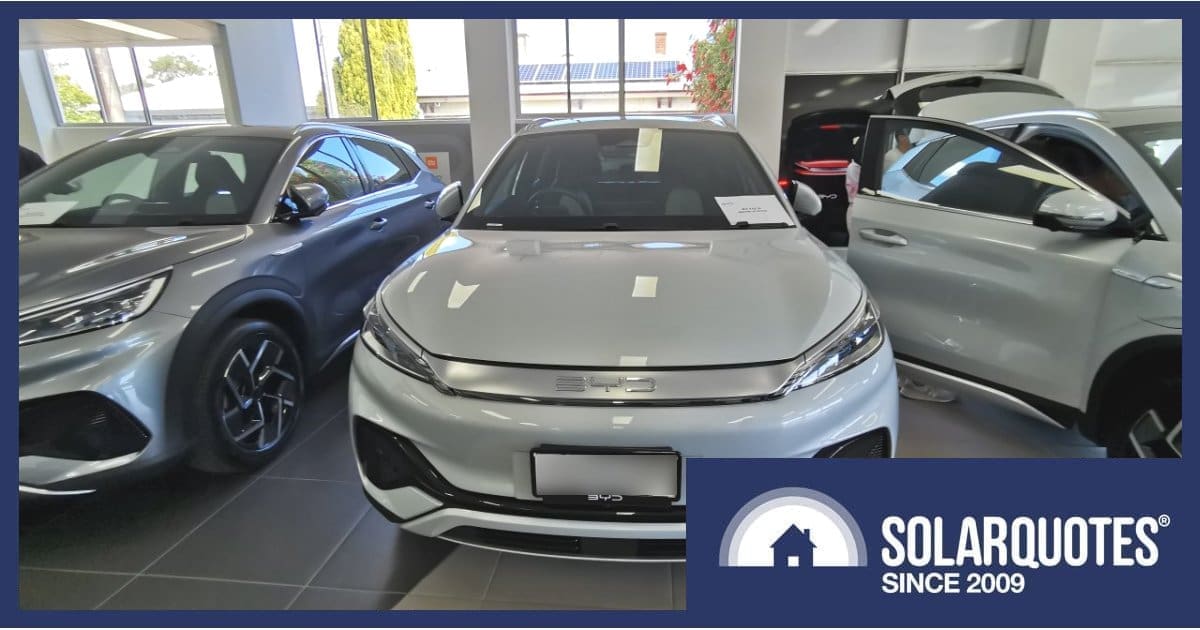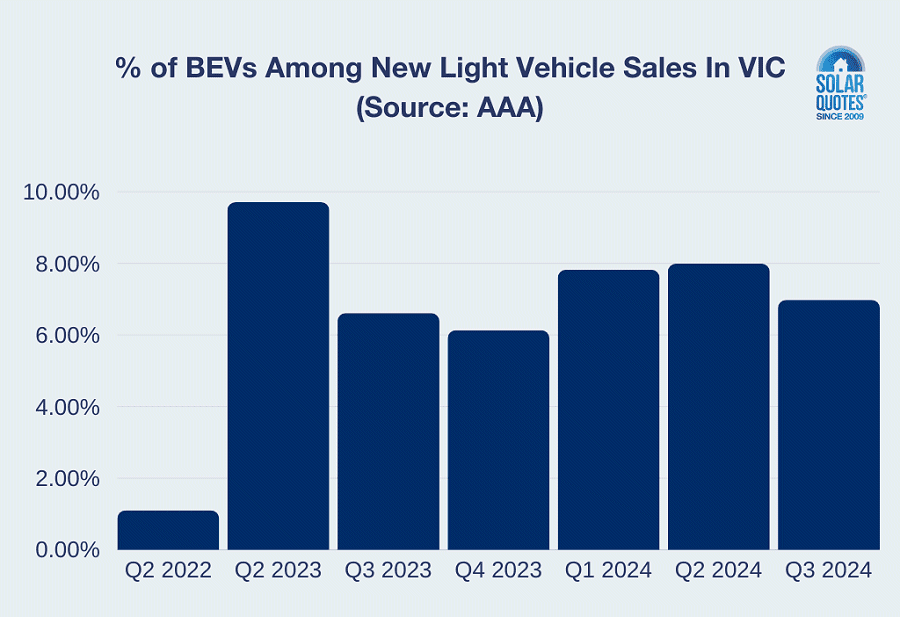
The last Victorian government incentive for electric vehicles will go the way of the dodo – a decision that appears to be somewhat based on curious figures.
Sales of light vehicles without internal combustion engines in Victoria are increasing at a very rapid clip according to figures from the State Government – from 8.9 per cent in the second quarter of 2022 to 24.2 per cent in the second quarter of 2024; but more on this in a bit. Choice of EVs is also growing, with the proportion of variants more than quadrupling over the same two-year period.
The reported growth is even though the generous $3,000 subsidy on vehicles with a purchase price under $68,740 was scrapped in June last year. What remains is an annual $100 discount on the registration of zero and low emission vehicles (ZLEVs).
And from 1 January 2026, that will be gone too.
Soon-to-be-ex-Victorian Treasurer Jim Pallas delivered the news in Budget Update 2024/25.
“ZLEVs pay less or no fuel excise, and this will help ensure that all road users contribute their fair share to building and maintaining Victoria’s roads,” states the update.
Aligning vehicle registration fees for zero and low emission vehicles is expected to save/generate $15 million in 2025/26, $57 million in 2026/27 and $93 million in 2027/28.
How Many EVs Again?
It’s worth repeating this – the update states:
“The proportion of sales of light vehicles without internal combustion engines is growing rapidly, from 8.9 per cent in the second quarter of 2022 to 24.2 per cent in the second quarter of 2024.”
The 24.2% in Q2 this year in particular would be real cause for celebration – if it’s accurate. The Victorian Government and the Australian Automobile Association (AAA) may want to swap notes. The following are proportions of battery electric vehicles in new light vehicle sales in VIC according to the AAA:
- Q2 2022: 1.1%
- Q2 2023: 9.71%
- Q3 2023: 6.61%
- Q4 2023: 6.13%
- Q1 2024: 7.82%
- Q2 2024: 7.99%
- Q3 2024: 6.98%
While the budget update states “light vehicles without internal combustion engines”, I don’t know what else they would be referring to aside from battery electric vehicles (BEVs) and the HCFEV category – which are Hydrogen Fuel Cell Electric Vehicles. So, how much difference do HCFEVs make to the tally? The number of HCFEVs sold in Victoria this year, according to the AAA, comes to a grand total of zero.
The only other difference is the Treasurer’s update says “proportion of sales of light vehicles”, whereas the AAA figures are based on “new light vehicle sales”. If included, is the second-hand EV market in Victoria really that big?
But the Victorian Government has set a target of 50% of all new light vehicle sales to be zero emissions vehicles (ZEVs) by 2030. It appears using its own figures, it might get there – but they may be quite different to reality; which could also impact on projected budget savings. And for a government that says it is working to accelerate EV adoption, they’ve had a funny way of showing it.
Still, as the financial and other benefits of electric vehicles1 become more apparent to more drivers, EV prices keep dropping, more public chargers become available and home EV chargers continue to evolve, that should encourage drivers to make the switch without government incentives.
But as the just-released State of Electric Vehicles 2024 report from the Electric Vehicle Council has flagged, stronger efforts from all stakeholders are needed to address still rampant misinformation about EVs. By the way, that report pegs Victorian EV sales as a proportion of new vehicle sales in 2024 (year-to-date) at 9.4%; which I believe also includes plug-in hybrids.
Footnotes
- Particularly EVs + home solar. ↩


 RSS - Posts
RSS - Posts



Given America is looking at winding back EV investment and subsidies, there’s a push on for Europe to rethink their EV focus and reliance on Communist China, Australia is becoming Communist China’s EV dumping ground, and political parties regularly change policies, might EV goals radically chance in the future?
Australia’s population is only midway between Romania and the Ukraine, or Florida and Texas, so it’ll only ever be a very limited market, yet another reason local car manufacturing died.
Hi George,
Australian car making had only 5% tariff and as such was the least protected in the world.
The industry made well regarded products & Holden in particular were successful exporters into niche markets.
Car making failed here because it wasn’t supported by the LNP.
Unlike every other nation which sees the value in diversified, high tech, well paid, first world engineering & manufacturing… conservatives here would rather see us quarrying dirt or serving coffee.
Our manufacturing base, like every other developed nation has been outsourced to China, along with the pollution.
Accusing them of “dumping” totally ignores the fact we willingly gave them ability to do it.
If we want the golden era of Ausssie car making back, 52% tariffs & quotas will mean a cab chassis Landcruiser will be about $160,000?
It sounds good to me because we’ll have more local jobs repairing crashed cars that are too expensive to write off.